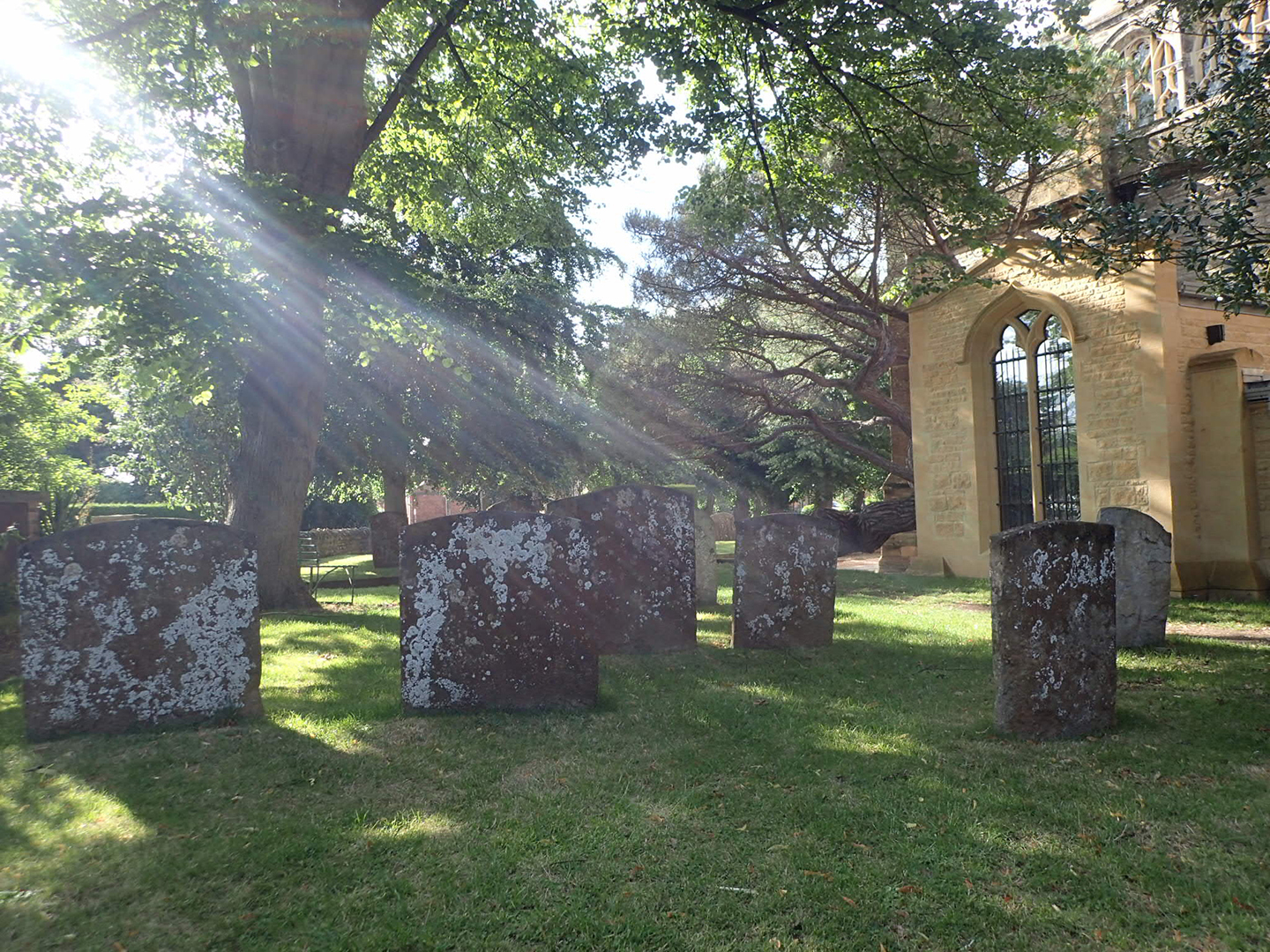Read: How Lev Grossman Approaches Revision.
Revise:
Let’s turn to your manuscript. As we saw in the Wallace and Hays study, an experienced writer reads through the whole manuscript before making any changes. This gives her a holistic view that will allow her to revise on the higher levels of idea/meaning and structure/architecture. Since you have selected a short manuscript, I’ll ask you to read your story twice, slowly, without making any marks on the page.
At this point, you should expect to be visited by two devils. The first devil will tell you to skip at least one read-through. Ah, once is enough. Come on, we have other shit to do!
Get behind me, Belazybub. Truly I tell you, Writer: You will see or realize something on that second read that you didn’t on the first pass.
Devil #2 will tell you it’s okay to make a few changes as you read. In fact, you’d better make those changes, or you’ll forget them later.
That devil is not your friend, either. The instant you jot a note on the page, you’ll have zoomed in to the line level, which will make it hard to get a hawk’s eye view of the manuscript.
For the record, this is how I approach revision. I start by hiding all my pens while my manuscript is printing out. I’m usually strong enough to resist the devils, but why tempt them?
Once you’re done with the read-throughs, answer the reflection prompts below. They’re a little about looking back, but mostly about looking ahead to plan your next revision. They’re also like hammer blows, each one a little heavier than the last. Your answers will give you a road-map for your next draft.
One final note: at this point, don’t get stuck on the line level. As you address these prompts, think about the continental plates of your manuscript—characters, plot/sequence of events, structure.
Reflect:
- What did the read-throughs help you realize about your manuscript? What do you see now that you didn’t see before?
- What do you need to add*? Point to parts that want development—character, scenes, imagery, etc.
- What should be cut or compressed**?
- Is there a better (perhaps later) place to start the story?
- Is there a better (perhaps earlier) place to end the story?
- There’s something you’re afraid to admit to yourself. While reading your story, you’ve noticed something lame or flat or too clever or full of shit. Something you’re hoping the reader won’t notice or care about. What is that thing?
- If you really, really gave a shit about this story, how would you change it?
*Adding is a key for me in revision. I’m a chronic underwriter in early drafts.
**Cutting/compression is key for other writers. “Most of us, and even the best of us, write too long,” says Janet Burroway. “We are so anxious to explain every nuance, cover every possible aspect of character, action, and setting that we forget the necessity of stringent selection. In fiction…we want sharpness, economy, and vivid, telling detail. More than necessary is too much.”
